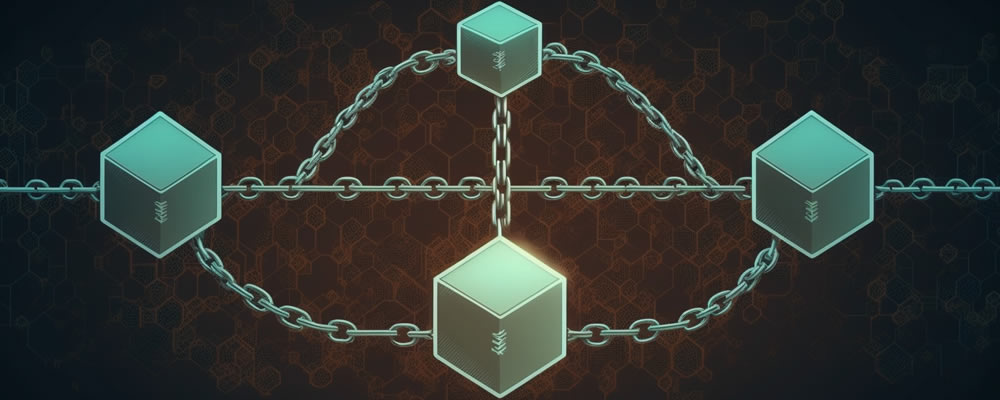
Hard Forks and Soft Forks Explained
In the world of cryptocurrencies, a hard fork and a soft fork are two terms that are often used to describe changes to the underlying blockchain protocol. These changes can have a significant impact on the network, the community, and the value of the cryptocurrency. In this article, we’ll explain what hard forks and soft forks are and what their implications are for cryptocurrencies.
What Is a Fork?
A fork in the context of a blockchain network is a change to the protocol that creates two separate versions of the blockchain. This happens when a group of participants in the network decides to make changes to the protocol that are not compatible with the existing version. This results in a split in the network, with some participants continuing to use the original version and others using the new version.
Hard Forks
A hard fork is a type of fork that results in a permanent split in the blockchain. This happens when the changes to the protocol are not compatible with the existing version, and all nodes on the network are required to upgrade to the new version in order to continue using the network.
A hard fork can be initiated by developers, miners, or the community at large. It usually involves significant changes to the protocol, such as changes to the consensus mechanism, the block size, or the mining algorithm. When a hard fork occurs, the network splits into two separate chains, and new blocks are added to each chain independently.
A hard fork can have a significant impact on the value of the cryptocurrency. This is because the split in the network can create uncertainty and confusion among users, investors, and exchanges. It can also lead to a loss of trust in the network and a decrease in the value of the cryptocurrency.
Soft Forks
A soft fork is a type of fork that is compatible with the existing version of the blockchain. This happens when the changes to the protocol are backward compatible, meaning that nodes on the network can continue to use the existing version and still participate in the network.
A soft fork can be initiated by developers, miners, or the community at large. It usually involves minor changes to the protocol, such as changes to the transaction format or the introduction of new rules. When a soft fork occurs, the network continues to operate as usual, but nodes that have not upgraded to the new version may not be able to participate in new features.
A soft fork typically has less of an impact on the value of the cryptocurrency than a hard fork. This is because the network remains unified, and the changes to the protocol are not significant enough to cause a split in the blockchain.
Hard forks and soft forks are two types of forks that can occur in a blockchain network. A hard fork results in a permanent split in the blockchain and can have a significant impact on the value of the cryptocurrency. A soft fork, on the other hand, is compatible with the existing version of the blockchain and typically has less of an impact on the value of the cryptocurrency. Whether a fork is hard or soft depends on the compatibility of the changes to the protocol with the existing version. It is important for users, investors, and exchanges to stay informed about potential forks and their implications for the cryptocurrency they are invested in.

